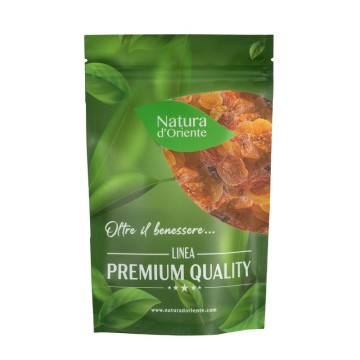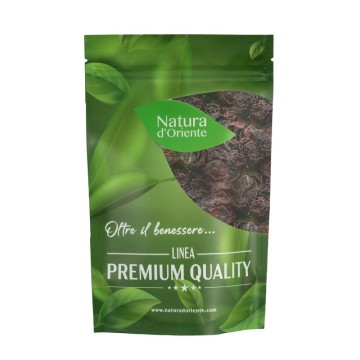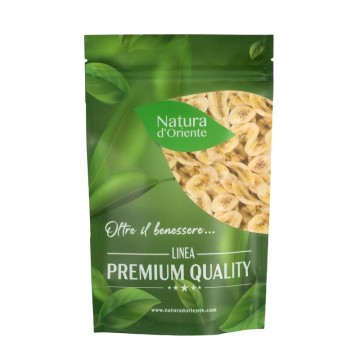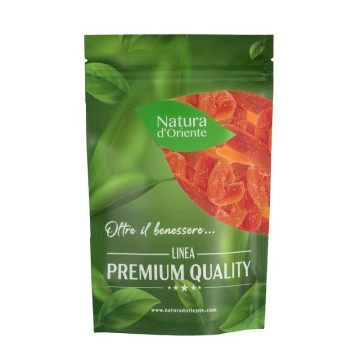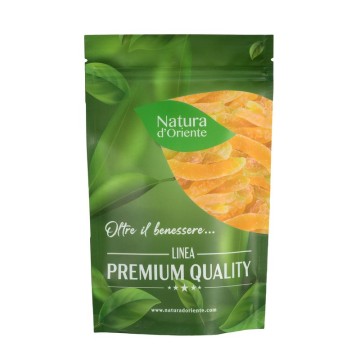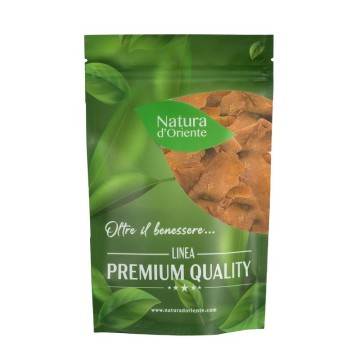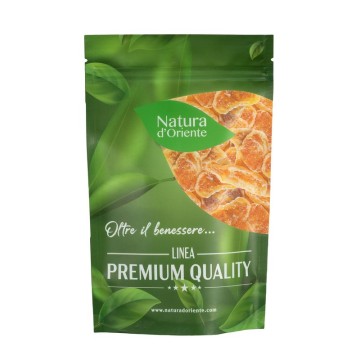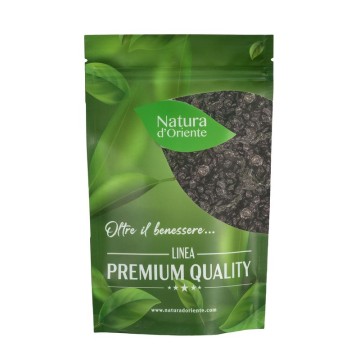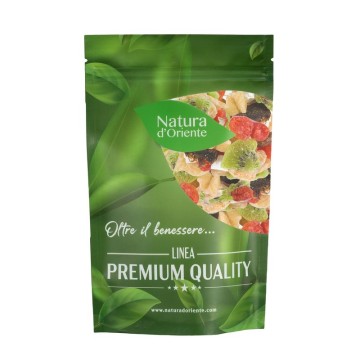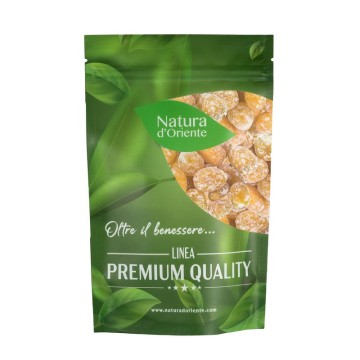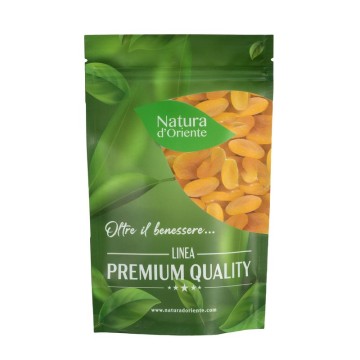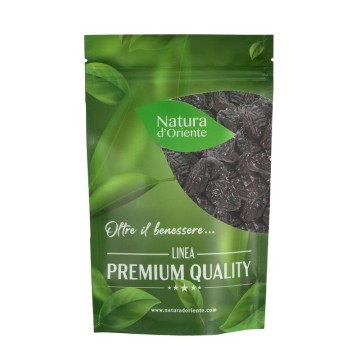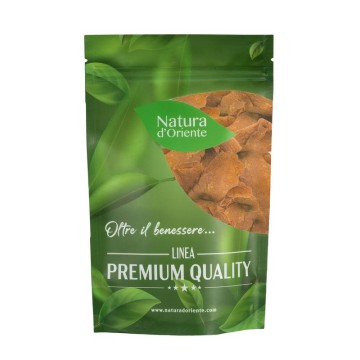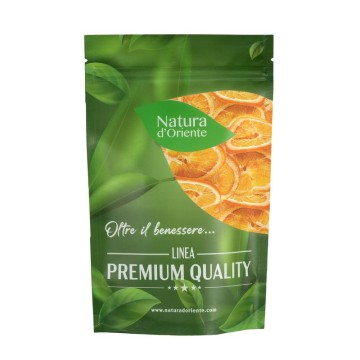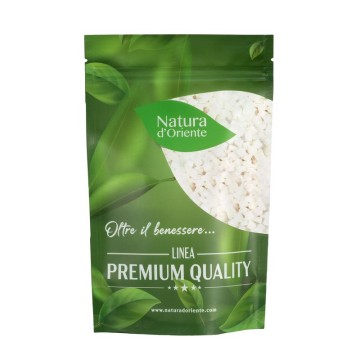Dehydrated natural coconut without sugar
If you want to get the benefits of dehydrated fruit, but without the added sugars, then you can choose natural desiccated coconut: a delicacy that is also good for you, thanks to its natural properties.< /p>
Dehydrated natural coconut: properties and benefits.
This fruit in its dried version loses its water content (at least 50%) and concentrates substances such as selenium, manganese and copper, as well as various vitamins< /strong>. In its version in slices of natural and sugar-free dry coconut, it represents an excellent source of valid nutrients for the daily diet.
Dehydrated coconut has good antioxidant properties, to protect cells from free radicals in an anti-aging function; a resource due to the presence of many mineral salts that act synergistically.
Several elements contained in coconut, in fact, help the body function properly: calcium, iron, potassium, phosphorus and zinc.
Thanks to the presence of selenium, even in the natural but dehydrated version, coconut becomes a precious ally for our well-being. Selenium is an important mineral for the functioning of the thyroid, useful for a supportive and tonic action.
The well-known purifying action of coconut can be carried out to eliminate toxins from the digestive system and promote, again in digestion, the metabolism which counteracts bad cholesterol.
Coconut has a good content of fatty acids, including lauric acid, considered essential for heart health. These acids increase high-density lipoproteins (good HDL cholesterol) and regulate levels of bad LDL cholesterol – responsible for heart disease and arteriosclerosis (loss of elasticity of blood vessels).
The thin and delicious slices of coconut are an ingredient for beneficial as well as appetizing snacks!
Origins and History of cultivation
The coconut plant, also called coconut palm, is one of the most important plants for our species. It has spread all over the world, in tropical areas, and for centuries millions of people have reaped its fruits for their own survival.
Coconuts, for some populations, are the main sources of fat and protein. Furthermore, the plant is exploited in all its parts, for the economic life of many territories.
Its origin is still a mystery today, because the fruits have always been dispersed by sea currents, and it is not known whether it was initially spread by the populations who colonized the oceanic islands. In the last two centuries, scholars have proposed different theories for the birth of the coconut palm: Central America, Polynesia, Malaysia, the Fiji Islands.
In medieval times Marco Polo called it nux indica, when he was in Sumatra in 1280, translating the definition "Indian nut" from Arabic.
The first European, Spanish or Italian explorers such as Pigafetta, who studied the plant in the sixteenth century, exploring the coasts of central and southern America. They named it Coco, which means "monkey face" - three notches on the hairy fruit, which look like eyes, make the fruit look like a monkey's face. Nucifera means that the palm bears nuts.
Coconut also has cultural and religious significance in some societies, for example in India it is used in some Hindu rituals.
Plant and Fruit
The coconut tree, the Cocos nucifera L. palm, belongs to the Arecaceae family (order of palms). It is the only species of the genus Cocos, and is divided into tall or dwarf.
The tall palm grows up to 30 m in height, with leaves 4-6 m long, which periodically fall off, leaving the trunk smooth. If planted in fertile soil, a coconut palm can produce up to 75 fruits per year, although it generally produces less than 30.
A full-sized coconut weighs approximately 1.5 kg. This fruit is actually a drupe, not a nut, and is distinguished from other fruits by its endosperm which contains a large amount of water(coconut milk). When the nuts are immature, they are harvested for their potable coconut water content.
When they are ripe, however, they can be transformed into coconut oil, coconut charcoal obtained from the shell, and coconut fiber obtained from the fibrous husk.
The coconut meat, eaten fresh or dried as in slices of dehydrated natural coconut, is also used to extract coconut oil or for the production of coconut flour.
Coconut oil and milk are used in cooking and for frying, to create soaps and cosmetics. Coconut peels and leaves, on the other hand, are used as material for making furnishings or decorations.
Coconut oil (or margarine), is very important economically and is obtained from the almond (copra) of the fruit.
Furthermore, coconut butter is also extracted from the nut, which is obtained by cold pressing the pulp.
Nutritional values of dehydrated natural coconut without sugar
This version of desiccated coconut contains various sugars, but also a balanced content of fibre, protein (6.2%), and a quantity of fats that can satisfy most of the daily needs.
The coconut fruit is rich in mineral salts, in particular selenium, manganese and copper, and in its version of dehydrated natural coconut, it provides natural sugars but not added ones
p>
In the dried coconut fruit we also find vitamins of group B, in modest quantities.
It is a hearty food, with a high concentration of nutrients and calories; it is indicated in low-calorie diets only if it replaces other sources of fat – an idea to avoid foods that are too fatty and prefer coconut. The slices of dried coconut are excellent, in this sense, to enrich the energy bars of sportsmen.
Like other dried fruit specialities, sugar-free desiccated coconut can be an excellent idea for an energy snack, to fill you up or perhaps in a mix of cereals and dried fruit.
p>
How to consume or use natural dehydrated coconut in the kitchen
For a nutritious snack, dried coconut flakes are perfect, since they are natural: they come from the coconut, retaining all its nourishing properties. In addition, they are slices of coconut with no added sugar, so they can be used for the preparation of sweets without overloading them in terms of glycemic levels. Excellent as decorations for muffins, cupcakes, coconut sweets.
The dehydrated coconut slices can be used to be mixed in fruit or vegetable smoothies or centrifuged, yoghurt, fruit salads, dried fruit and cereal mixes, on ice creams and sorbets in the summer .
The coconut chips are, however, a well-being snack to be included in the healthiest diets.
Energy or diet bars can be created with desiccated coconut, always evaluating the high calorie intake on large quantities.
Dehydrated coconut: side effects and contraindications
There are no particular contraindications to taking desiccated coconut, in the correct quantities, unless there is an intolerance to the food.
For those who have certain conditions of obesity or suffer from diabetes (problems with blood sugar levels), it is advisable to evaluate their consumption for the presence of carbohydrates, even in the coconut version dehydrated without sugar.
![]()

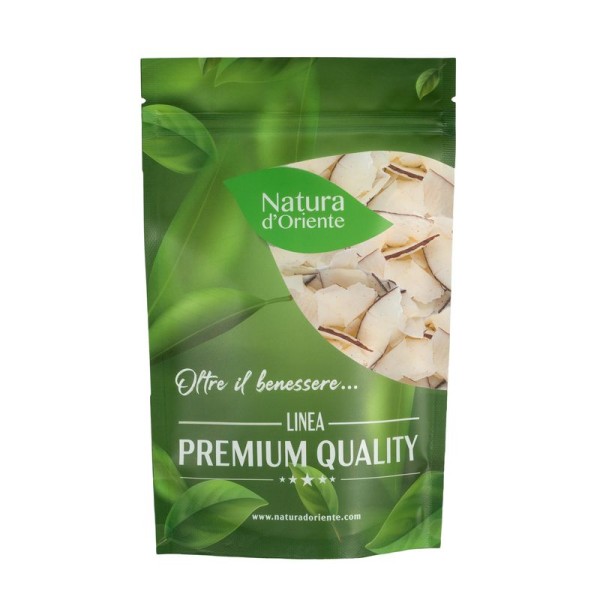









 No reward points for this product.
No reward points for this product.


